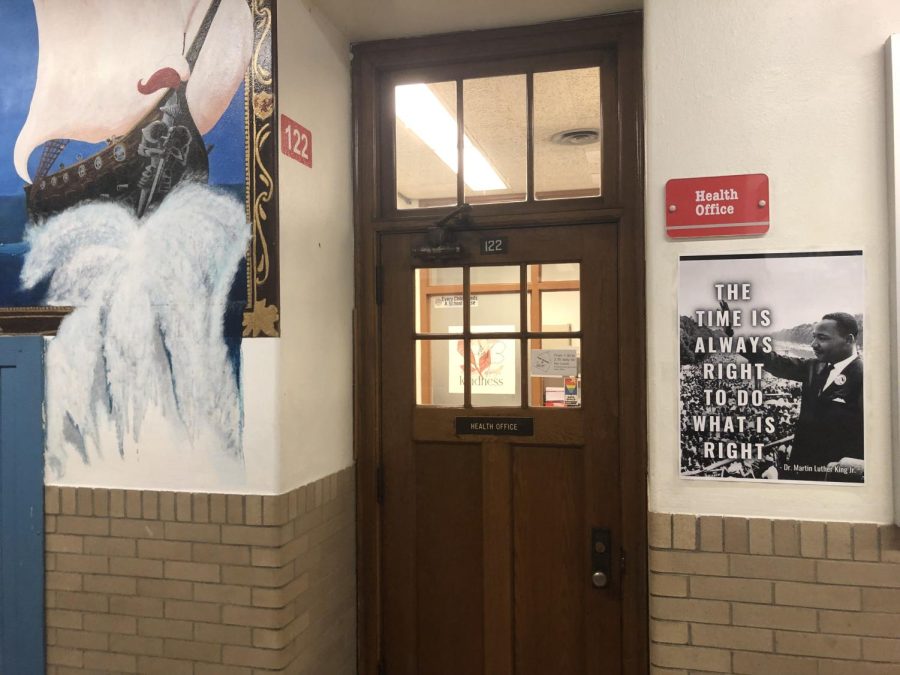Accompanying Shaker’s recently implemented International Baccalaureate Program was the elementary Mandarin Chinese program.
Employed within the district are eight native Mandarin Chinese speakers who teach students in various grade levels. In grades K-6, students are introduced to the language, learning basics conversational words while learning about cultural and historical aspects of China. These students meet with a teacher once a week for an hour, alternately replacing a social studies or “special” class such as art, music and physical education.
In a Feb. 22 Chinese class of 23 sixth-grade students, four indicated they would take Chinese at the middle school. Middle school students choose a language to study in seventh grade, and meet for one class period each day. As in years past, options include Latin, French and Spanish. Next year, the middle school will offer Chinese as well, although two middle school guidance counselors said they are uninformed about the details involved. Chinese is not included in the 2012-2013 middle school program planning guide.
The high school currently offers Chinese I through Chinese IV. Altogether, 46 high school students are currently taking Chinese, and some classes are very small. The Chinese II class only has nine students.
Studies show it is easier to adopt a second language at a young age. The American Educational Research Association, states, “For young children, starting early can lead to mastery of a foreign language . . . only if it is taught through a well-developed form of total immersion instruction. A program consisting of a few hours of foreign language teaching per week is not enough.”
So how much time is needed to learn a complex language such as Chinese? The U.S. State Department ranks Mandarin Chinese as a Category 3 language, a group that comprises, arguably, the “toughest” languages for English speakers to learn. The AERA estimates that to master these languages, a student needs 2,200 hours, with about 1,100 spent in a country with native speakers. This standard contrasts with Shaker’s program, which does not have any immersion aspects, and at one hour per week, would require more than six years to accumulate the recommended hours.
A child will also pick up a language more quickly if it is practiced in the home as frequently as possible. Three of the 23 students in the polled sixth-grade classroom indicated their parents sometimes help or encourage them with their Chinese practice.
At the elementary level, a typical Chinese class is interactive. Jen Hu-Yan, one of the guest teachers here from China, taught Woodbury students about Chinese money on Feb. 22. Before getting into the language itself, Hu-Yan discussed the history of Chinese money and its value. She showed them how to use what they knew to ask or say how much something costs, and taught other phrases associated with buying and selling.
In the high school, students find that it is hard to learn Chinese. “I’ve taken three years of Chinese, but I’m in Chinese four,” said senior Alexis Moten. “I don’t know all the characters yet, but I need to know them for the final!”
The cultural appreciation aspect of Shaker’s Chinese curriculum may prove more valuable than the language itself. Michael Charney, director of Ohio Youth Voices, an organization promoting students’ opinions on curriculum decisions, argues this viewpoint. He said the Chinese language program “is more of a way for collaborating for future international cooperation instead of just education.”
Cover Story Editors Alysse Eberhard, Marissa Miller and Rachel Shaw contributed to this story.
A version of this article appeared in print on 20 April 2012, on pages 8 and 9 of The Shakerite.





